The Borana tribe originally hails from Southern Ethiopia with their language “borana” falling under a broader Oromo grouping; originally of an Eastern Cushite family of the Afro-Asiatic language.The Borana people shifted from Ethiopia into the South and Northern areas of Kenya in the early years of the 16th century and are currently residents of Isiolo, Tana River, Garissa, Moyale, and Marsabit Districts.
The Borana are nomadic people who deal with harsh weather conditions; dry and hot with irregular torrential rain, and are often forced to migrate in search of greener pasture for their animals. These people depend on milk and its products e.g yoghurt for survival and will seldom slaughter their animals for meat as livestock is extremely valuable to them. Milk supplemented by corn bread is their staple food.
Not only do the Borana keep their herds for food, but also as major resource of wealth, and are applied to payment of bride price as well as legal fines. The animals are also believed to have strong linkage to their belief systems and are vital for sacrifices and rituals to guarantee fertility, health, and assistance from spirits. Animals reared include; Cows, goats, sheep and at times camels.
Polygamy is rife among the Borana and therefore a majority of the men have at least two wives; or even more. Family relations are closely knit; and children are very important, therefore fathers are caring to their small children. The Borana strictly practice segregation of duties between the men and women. Men take care of herds whereas the women stay home taking care of the children and partaking in day-to-day chores.
In essence, the Borana women play a major role in the community having to; build houses, usually portable traditional round grass huts called the dasse, do tea ceremonies during the opening ceremony of the new houses and they also have the responsibility of relocating the villages from place to place by camel or sometimes donkey.
The Borana cultural dress code is made up of a shawl or light blanket type over-wrap. Women wear scarf head coverings while men often wear a “prayer beanie” cap or a turban.
The Borana people are very artistic and produce beautiful cultural things that can be gotten as souvenirs; from beaded leather jackets to prettily designed jewelry.
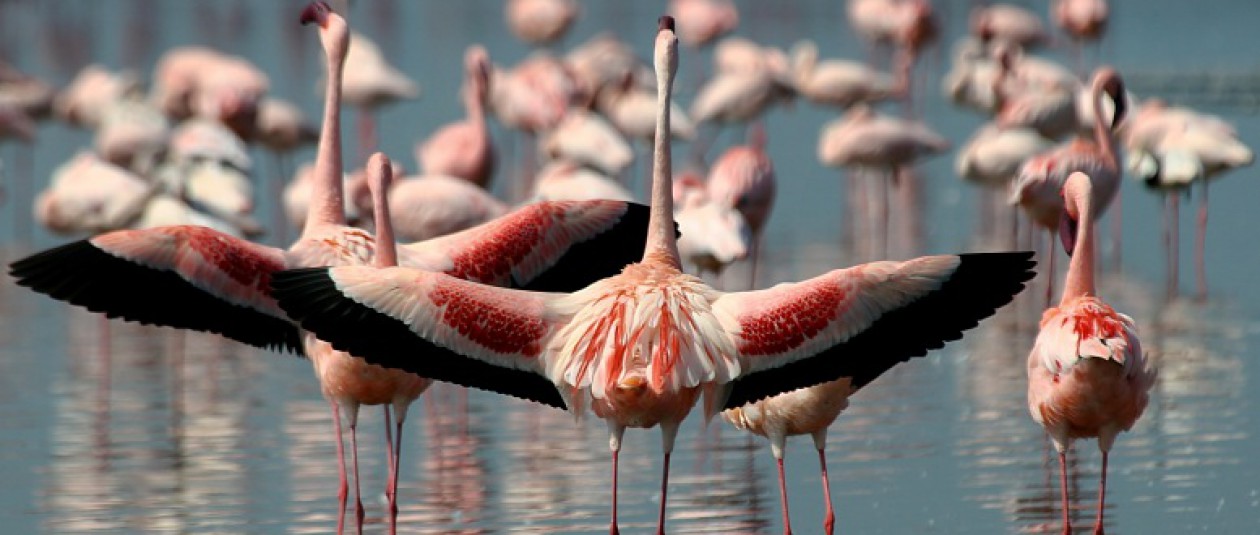
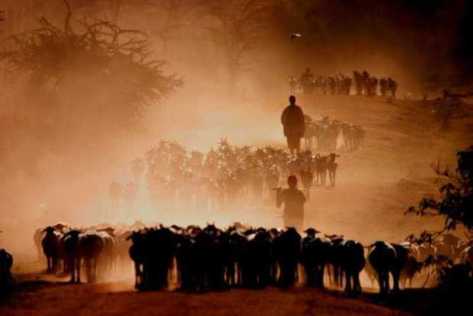
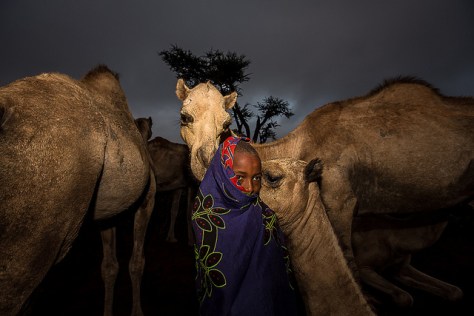
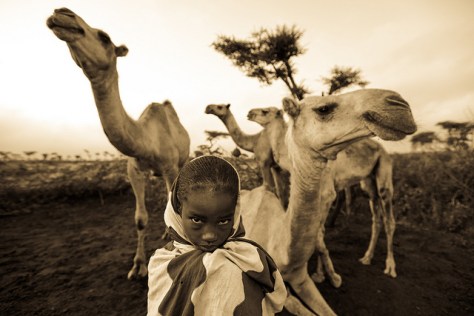
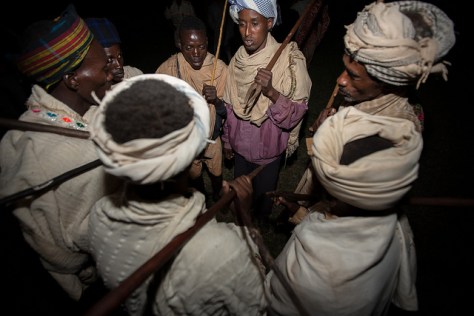
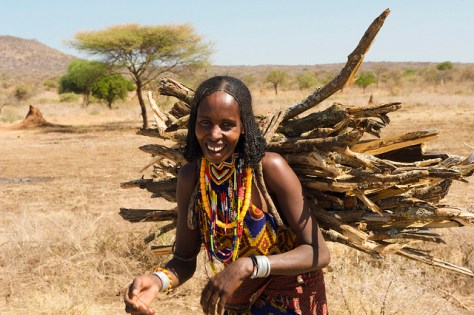







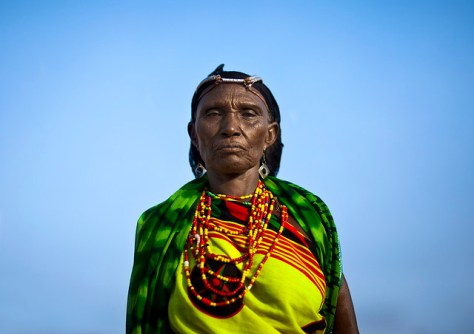




I am looking for permission to use 1-2 photos of the Borana for fundraising for a school in Yamicha, Kenya. There will be no personal gain and credit to Zuru will be given as you direct. Please tell me if this is possible.
Sure Beverly no problem 🙂
I only knew of the Masai Mara tribe, I never knew there were more in Kenya until now.
We have a total of 44 tribes in Kenya
This is awesome!
In the photo where they are wearing the red striped dress, that is not traditional borana clothing. It is traditional Somali clothing but they probably bought it from the market since they live right in the NFD region.
I guess you must be misinformed.